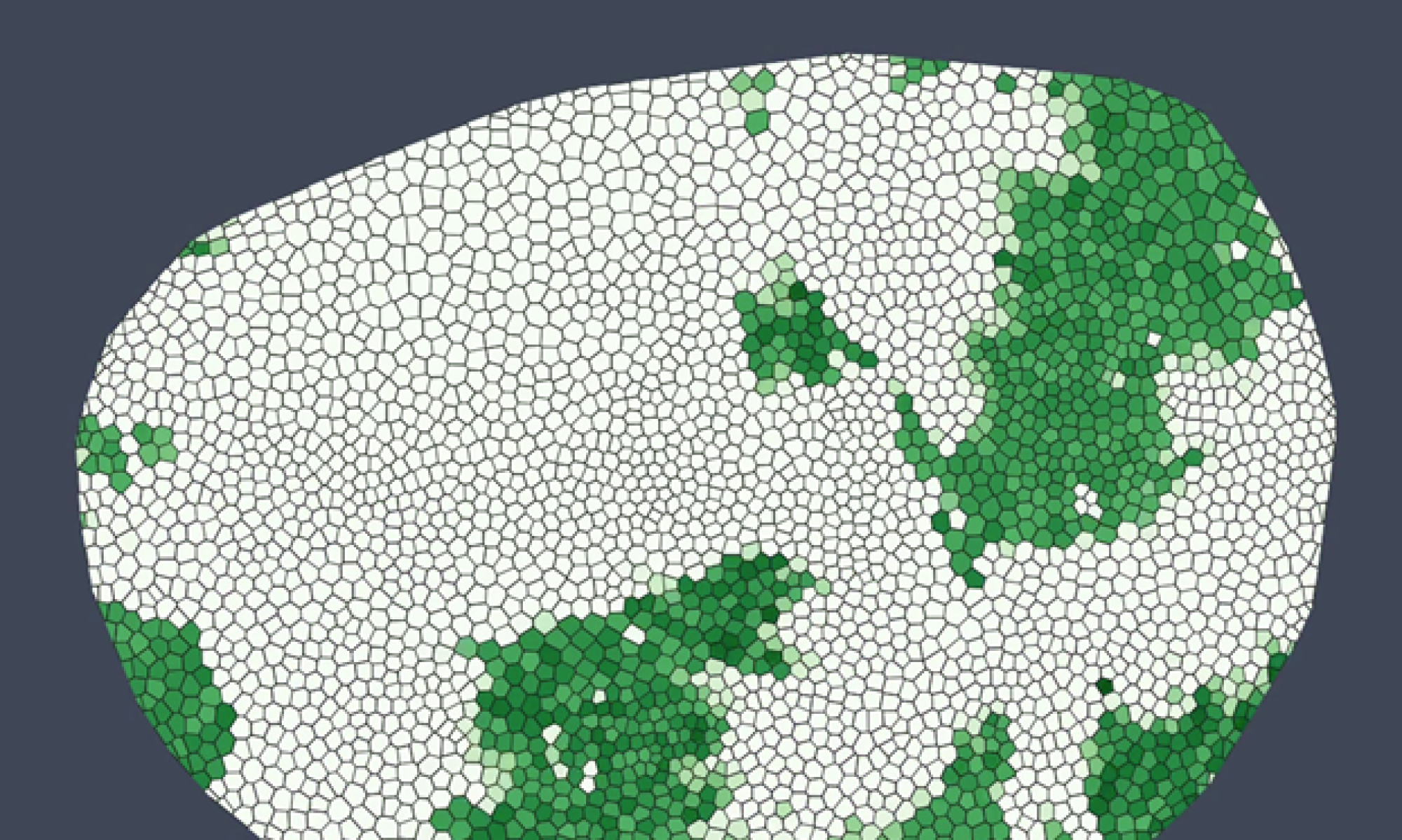MSEL investigates how tissues grow, regenerate, and organize themselves through coordinated signaling at the cellular and tissue scale. Using a combination of live imaging, computational modeling, and engineered culture systems, we explore the principles of tissue development and growth control—bridging developmental biology with synthetic and regenerative medicine.
At the Zartman Lab, we investigate how tissues grow, organize, and repair themselves through a dynamic interplay of chemical signals and mechanical forces. Our work sits at the crossroads of systems biology, developmental bioengineering, and computational modeling, with a focus on understanding how cells make decisions—such as when to divide, differentiate, or die—and how these choices scale up to form robust, functional tissues.
We combine experimental biology with high-throughput screening, microfluidics, and advanced imaging to dissect the regulatory networks behind tissue development and regeneration. By leveraging model systems like the Drosophila wing disc, our team uncovers fundamental principles that govern epithelial patterning, organ size control, and cytoskeletal dynamics.
Our research is deeply collaborative and multidisciplinary, aiming not just to understand biology, but to inform the design of new biomaterials, engineered tissues, and regenerative therapies. Recent projects have explored topics like morphogen-guided tissue growth, real-time calcium signaling, and computational models of mechanical feedback in development.
Through our contributions, we aim to answer a core question in biology: how do individual cells coordinate their behavior to build something greater than the sum of their parts?
Join Our Team
The Zartman Lab is actively recruiting graduate students and postdoctoral researchers. If you are interested in joining our group, please contact Dr. Jeremiah Zartman with your CV and research interests.

